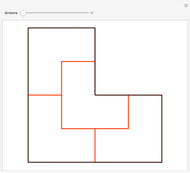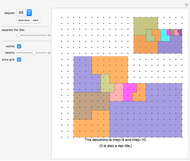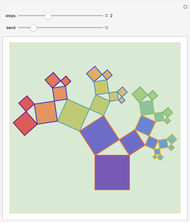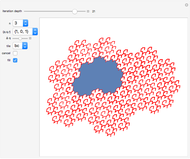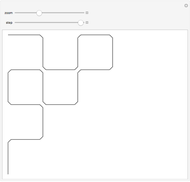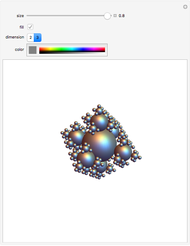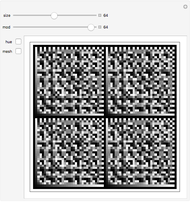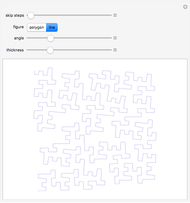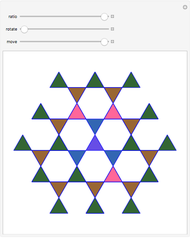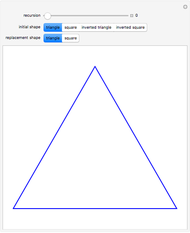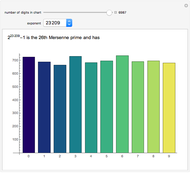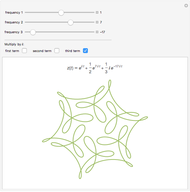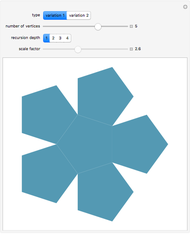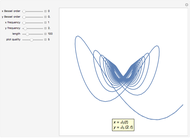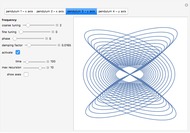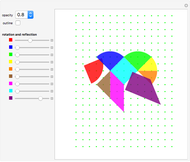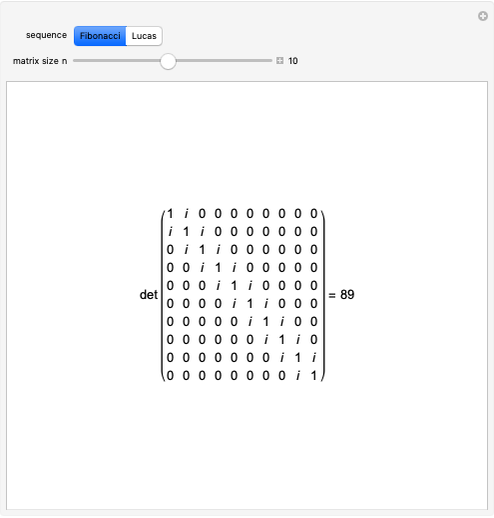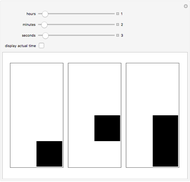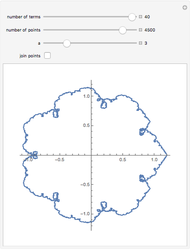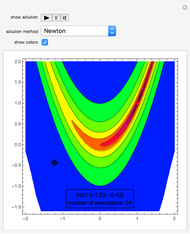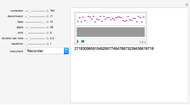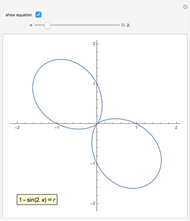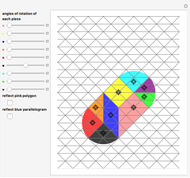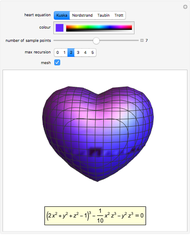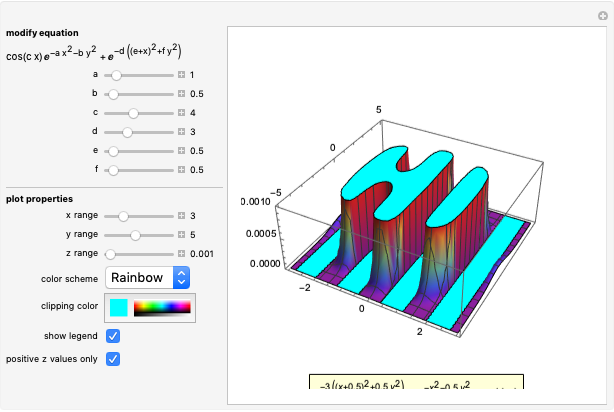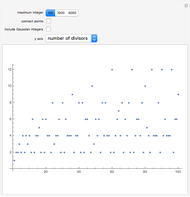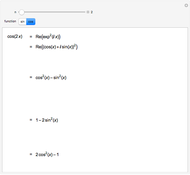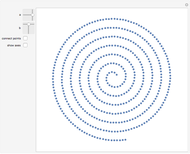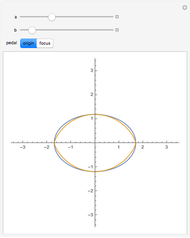n-Flakes

Requires a Wolfram Notebook System
Interact on desktop, mobile and cloud with the free Wolfram Player or other Wolfram Language products.
Attractive snowflake-like designs can be created by iteratively arranging 
 -gons around an initial
-gons around an initial  -gon. A famous example of such a construction is the pentaflake, which was first noticed by Albrecht Dürer. This Demonstration allows you to experiment with several different types of
-gon. A famous example of such a construction is the pentaflake, which was first noticed by Albrecht Dürer. This Demonstration allows you to experiment with several different types of  -flakes. The "scale factor" slider only affects
-flakes. The "scale factor" slider only affects  -flakes of the type "variation 2" and controls the relative size of the secondary
-flakes of the type "variation 2" and controls the relative size of the secondary  -gons.
-gons.
Contributed by: Michael Croucher (March 2011)
Based on a program by: Eric W Weisstein
Open content licensed under CC BY-NC-SA
Snapshots
Details
Snapshot 1: the first iteration of the standard pentaflake construction
Snapshot 2: the fourth iteration of the standard pentaflake construction
Snapshot 3: the first iteration of the hexaflake construction
Snapshot 4: the fifth iteration of a variation on the standard pentaflake construction. Whereas the standard pentaflake construction uses identical pentagons throughout, this variation uses scaled pentagons for each iteration.
Snapshot 5: a similar construction to the pentaflake is this, the Vicsek fractal, which is constructed from squares rather than pentagons. This is the fourth iteration of the Vicsek fractal.
Snapshot 6: a snowflake constructed using scaled hexagons
Permanent Citation







